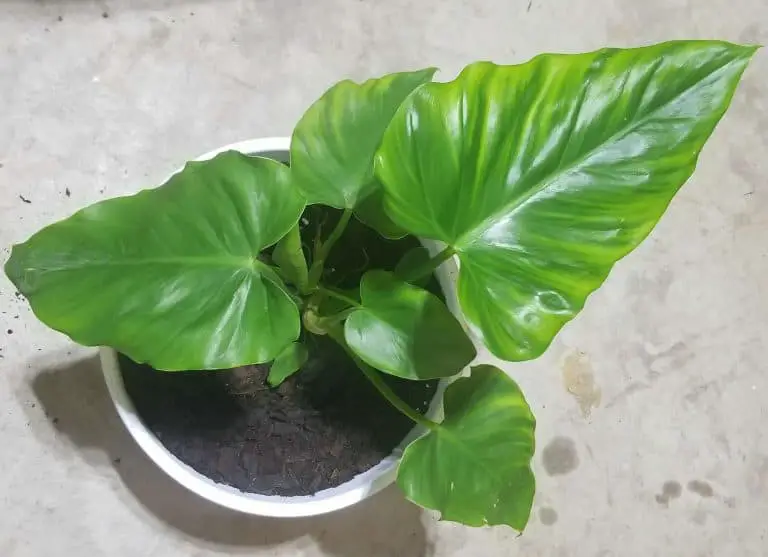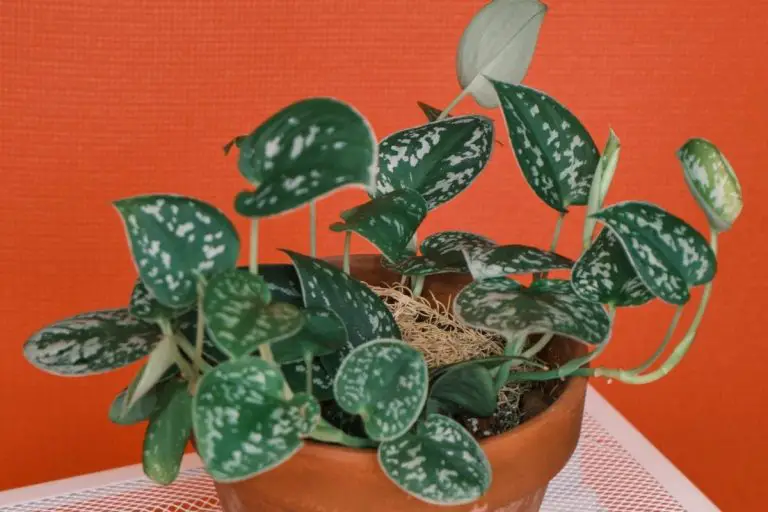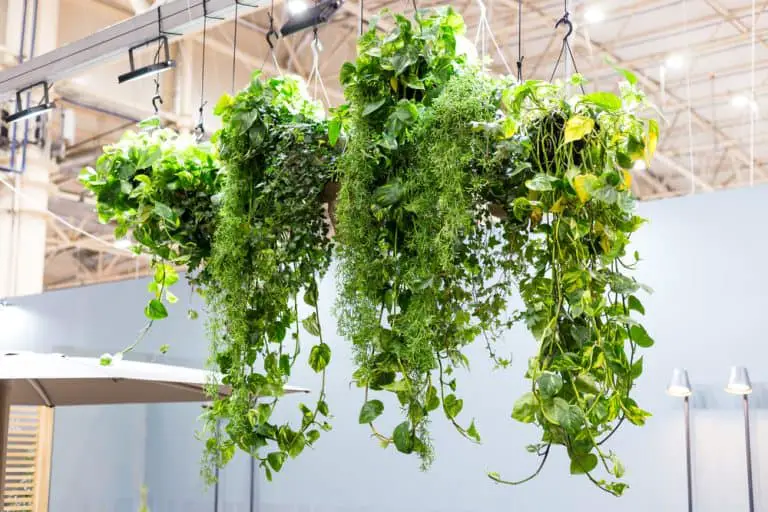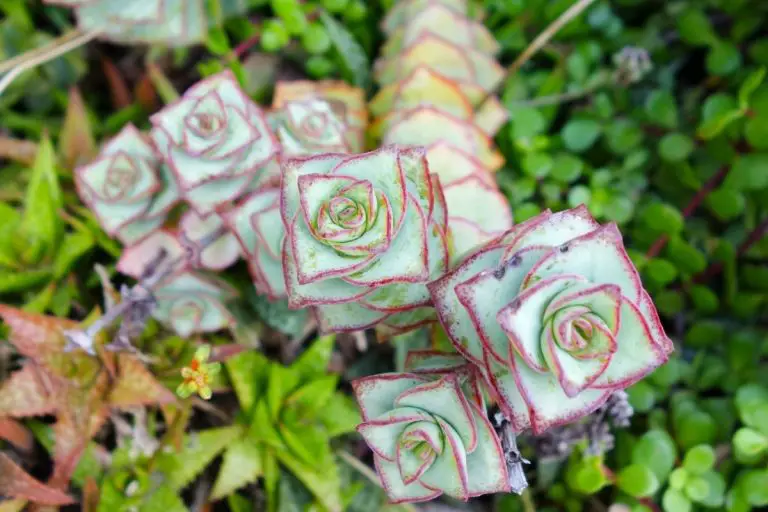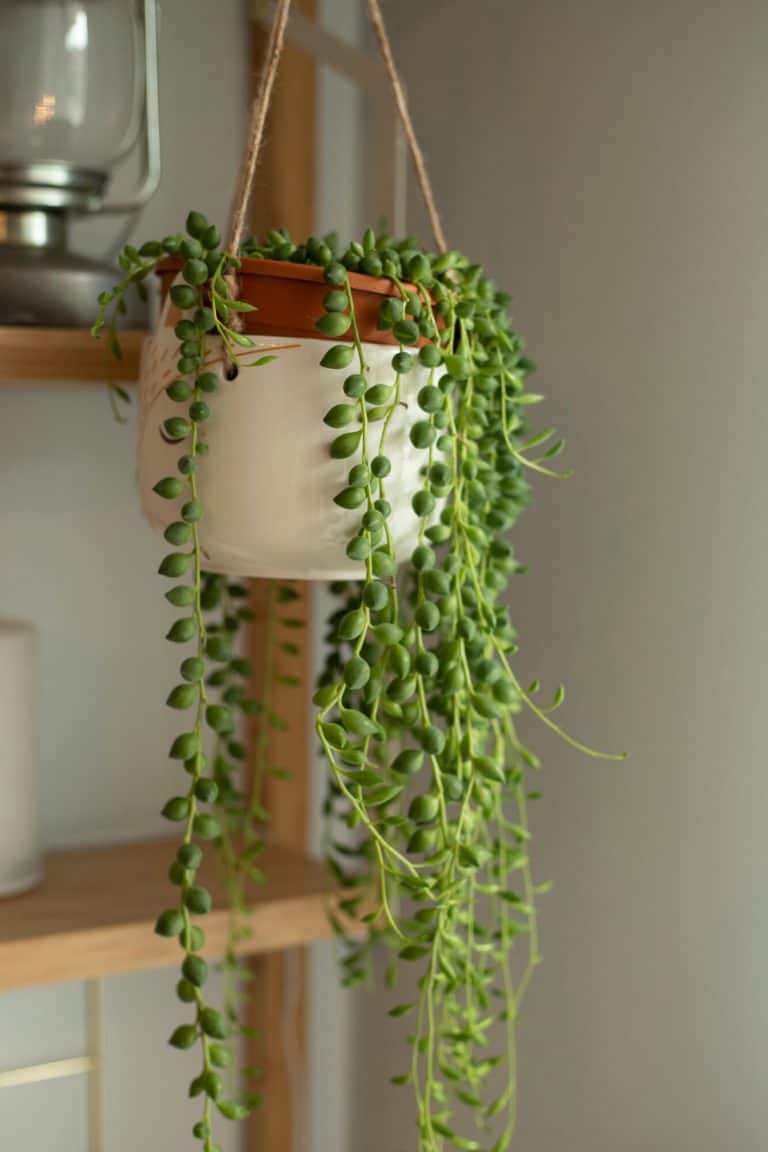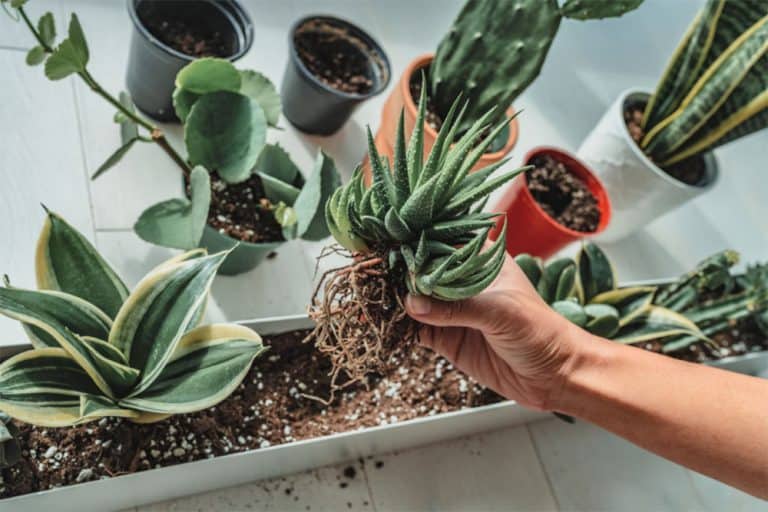Philodendron Hederaceum – Heartleaf Philodendron Care Guide
Also known as the heartleaf philodendron, philodendron hederaceum is an evergreen vining species that is popularly cultivated as a houseplant.
While they’re not the hardest plants to care for, it’s certainly important for owners to understand their care requirements to receive the best benefits from the plant.
Undoubtedly the best part about owning a philodendron hederaceum is the bright green heart-shaped leaves, hence the ‘heartleaf philodendron’ nickname.
As a vining plant, philodendron hederaceum is most commonly found in hanging baskets in virtually any room in a home.
Whether you want to brush up on your knowledge about philodendron species or if you want to expand your houseplant collection, here’s everything you need to know about philodendron hederaceum!
DISCLAIMER
Some of the links on here are affiliate links and I may earn if you click on them, AT NO EXTRA cost to you. Hope you find the information here useful! Thanks.
Related Articles:
- Scindapsus Pictus Exotica – Complete Growing Guide
- Crassula Arborescens (Silver Dollar) – The Complete Care Guide
- Why Are Pink Princess Philodendrons So Beloved? – Care Tips [2022]
- Why Is My Plant Drooping?[And How To Fix It!]
- Philodendron Gloriosum – Simple Care Guide
What Is Philodendron hederaceum?
Philodendron hederaceum (or the heartleaf philodendron) is a vining plant native to the tropical regions of Central America and the Caribbean.
In their natural rainforest habitat, philodendron hederaceum are known for climbing up trees, which is why they’re so popularly grown as houseplants to add a tropical element to a room using a hanging basket or sphagnum moss totem poles for these plants to vine on.

These vining plants will typically grow between 3-6 meters long, making it one of the longest philodendron species.
The trailing stems feature heart-shaped glossy green leaves that can grow up to 30 centimeters long, and when the plant matures in the right conditions, it’s known to bloom white flowers.
Philodendron hederaceum’s toxicity is debated in the plant world. While these plants are definitely toxic to rats and mice, the same can’t always be said for pets like cats and dogs or humans.
Placing these plants in hanging baskets can be a safe solution to keep them out of reach for your children and pets.

Philodendron Hederaceum Care Guide
Soil
As with most philodendron species, philodendron hederaceum prefer to grow in well-drained soils that are rich in organic matter.
It’s important for the soil to have a good drainage system to prevent water from pooling around the roots (causing damaging root rot) and to ensure the plant is receiving enough room for oxygenation.
To achieve the right level of organic matter, we recommend using a simple all-purpose potting mix containing perlite or orchid bark.

Perlite and orchid bark are great forms of nutritional value, but you can also opt to mix in charcoal as this helps to remove toxins from the soil.
Plus, charcoal is a direct product of burning trees, which is found in their natural environment.
Pot
Philodendron hederaceum aren’t fussy about the type of pot they are planted in, as long as it is big enough to allow for room to grow, but not big enough that the plant is overwhelmed by nutrients.
The key is to find a plant pot with drainage holes to allow the water to successfully drain through the soil to prevent waterlogging.
These plants can be placed anywhere in a home (with the appropriate lighting, of course), which is why they are commonly placed on shelves, tables, and in hanging baskets.
While their levels of toxicity aren’t certified, it’s best to keep these plants away from pets and kids, which is why they grow best in hanging baskets.
Water
Philodendron hederaceum, like most tropical plants, enjoy living amongst moist (not wet) soil. This means they need to be watered roughly once a week,
which can be increased to twice a week in summer and once every two weeks in winter if necessary.
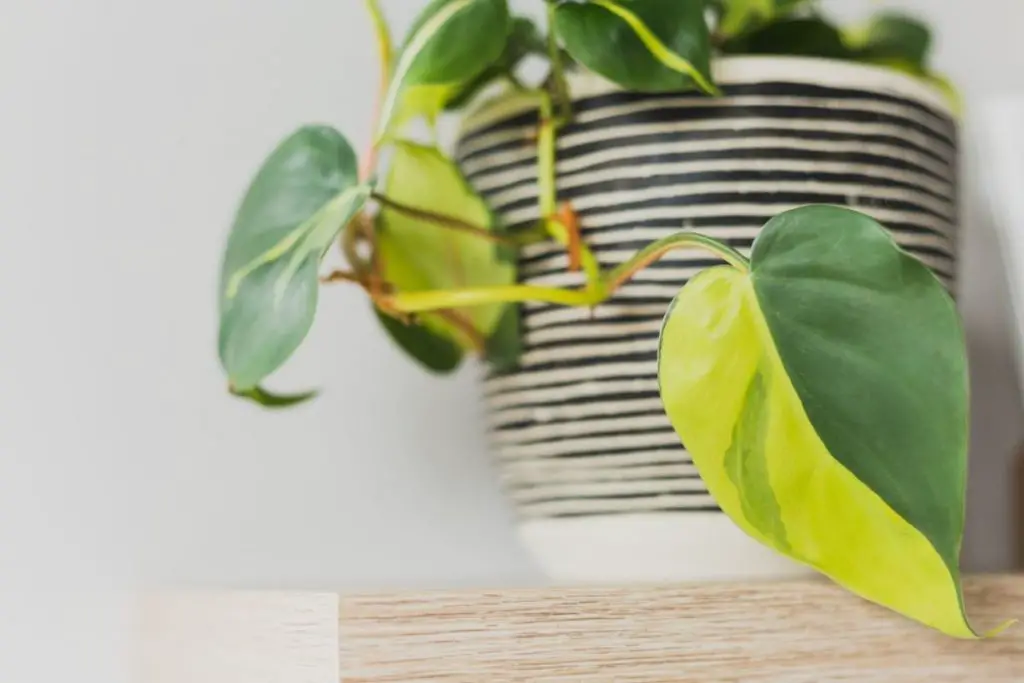
The best way to tell if your philodendron hederaceum needs water is by sticking your finger at least one inch down into the soil.
Ignore the top layer of soil, because this dries first and is therefore an unreliable indicator of whether the plant needs to be watered.
Then, place your plant in a sink, bathtub, or in the garden, and give it a nice drink of water.
Pour the water evenly around the soil until it starts to drain out of the holes. Wait for the water to completely drain out before putting it back in its decorative pot.
Don’t worry too much about watering weekly, though, because philodendron hederaceum are surprisingly tolerant to drought!
Light
In their native habitat, philodendron hederaceum are sheltered by taller plants and trees, meaning they live in bright and indirect sunlight.
The best way to mimic these light conditions is to keep your plant away from direct sunlight, as this can dry out the soil quickly and burn the leaves.
If your philodendron hederaceum is in a hanging pot, try to hang it in front of an east-facing or west-facing window behind hanging shaded curtains to protect your plants against the sunlight intensity.

This is because morning and evening light provide enough gentle direct sunlight to prevent the leaves from burning.
Philodendron hederaceum Temperature and Humidity
Philodendron hederaceum typically enjoy tropical temperatures when grown outdoors, but the indoor cultivars are far more tolerant of standard room temperatures.
The general rule of thumb is to have your philodendron hederaceum in temperatures between 65-80 °F during the day, with a temperature drop to around 55 °F at night.
It’s best to keep philodendron hederaceum away from artificial heating and cooling, such as radiators and air conditioning units, because this can cause stress to the plant.
As for humidity, philodendron hederaceum are surprisingly tolerant of living in low humidity rooms. This isn’t common amongst tropical philodendrons,
but they will happily exist in lower levels of humidity. However, your plant will grow faster and be far happier in environments where the humidity is at least 40%.
To increase the humidity, you can either invest in a mist humidifier, or you should commit to regularly misting the leaves of your plant.

Not only does this increase the humidity levels, but it also helps to keep your leaves shiny and free from dust and pests.
Fertilizer
Philodendron hederaceum don’t necessarily need fertilizer if their other needs are being properly met. However, if you want to increase the growth rate,
or if your plant is struggling with brown leaves, you can feed it a balanced and gentle water-soluble fertilizer once a month between spring and fall.
Pruning
Philodendron hederaceum have a moderate growth rate, but if you want to increase the growth rate, you can prune the stems and leaves to encourage healthy growth.
You can do this by plucking off deadened leaves with your fingers, or by snipping them off with sterilized scissors.
Common Problems
While philodendron hederaceum aren’t prone to any particular diseases or pests, they can still develop certain problems if their maintenance requirements aren’t met. These common problems include:
- Root rot
- Spider mites
- Mealybugs
- Scale
- Aphids
The key is to never overwater your plant, and to regularly inspect the leaves for signs of infestation.
Conclusion
With easy care requirements and a beautiful appearance, it makes sense why the philodendron hederaceum is a beloved and popular philodendron houseplant species.

